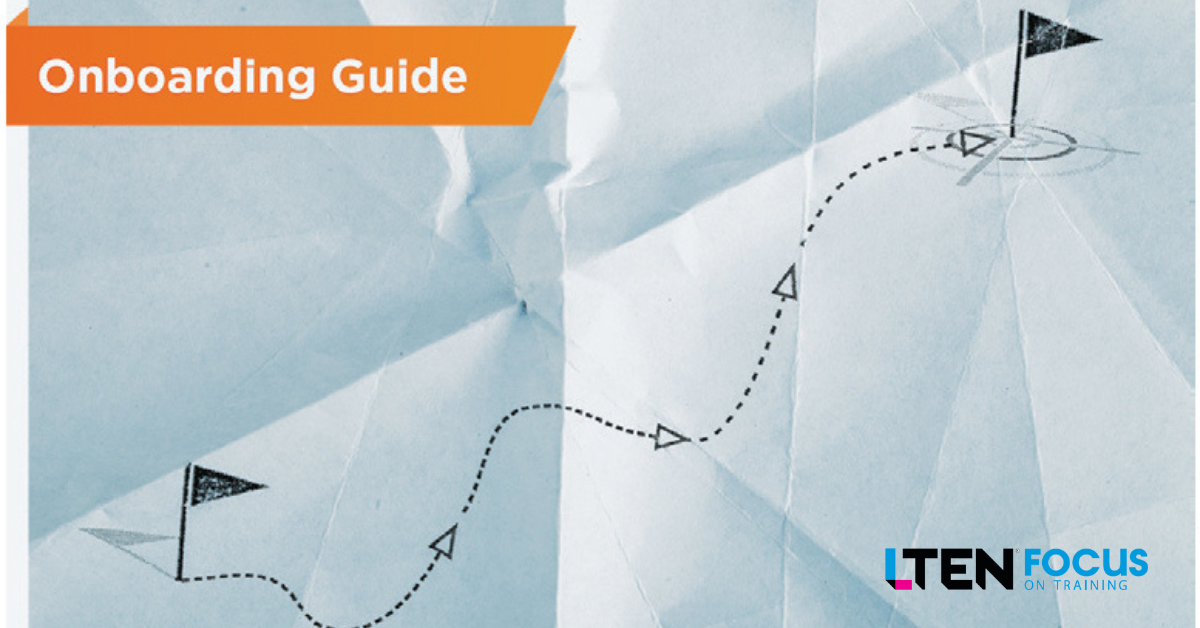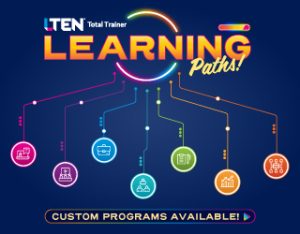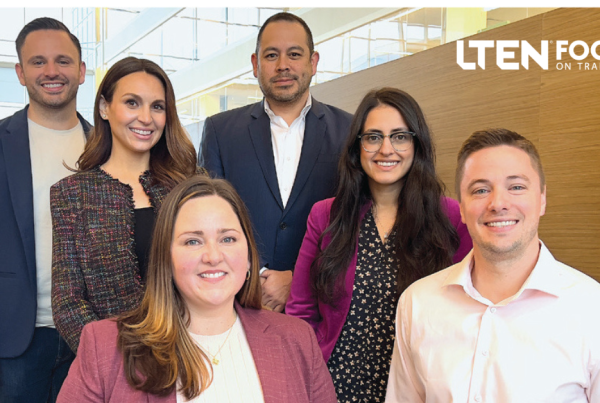
ONBOARDING – By Susan Baltrus and Sean Grant
A variety of perspectives helps new hires make connections
Effective onboarding is crucial because it enables new hires to hit the ground running and become productive members of the field team as swiftly as possible. Assigning a series of disconnected home study modules fails to deliver the full range of experience that is needed to prepare new hires for their role.
A more effective approach is a multilayered curriculum that leverages a variety of perspectives and encourages new hires to make vital connections between training and the real world.
Onboarding Checklist
Assess your current onboarding curriculum by asking yourself these questions. Does your new hire training:
- Make new hires feel welcome and supported in their new role?
- Provide clarity on the onboarding learning path so learners can self-direct their learning?
- Have the potential to scale up or down for any size of new hire group?
- Feature frequent human touchpoints so learners feel connected?
- Offer training in a variety of formats to engage learners and stimulate learning?
- Provide scenarios so new hires can apply what they’re learning to common customer interactions?
- Leverage marketing resources so new hires practice navigating them before going into the field?
- Help new hires acclimate to the organization by connecting them to key colleagues?
- Include structured discussions with experienced individuals in the same role who can fill in the gaps between formal training and the real world?
- Optimize the time of the new hires, trainers, management and colleagues?
Please see the onboarding checklist. If you answer no to any of the checklist questions, consider incorporating these five indispensable tools into your onboarding arsenal:
 Onboarding Guide: A well-crafted onboarding guide is the cornerstone of any effective onboarding program. It enables new hires to embark on the onboarding journey with confidence and clarity. This guide, which serves as a detailed roadmap, includes key milestones, expectations, schedules, links, resources and definitions, all aimed at ensuring a smooth transition into the organization and providing a positive first impression.
Onboarding Guide: A well-crafted onboarding guide is the cornerstone of any effective onboarding program. It enables new hires to embark on the onboarding journey with confidence and clarity. This guide, which serves as a detailed roadmap, includes key milestones, expectations, schedules, links, resources and definitions, all aimed at ensuring a smooth transition into the organization and providing a positive first impression. Mentor Guide: Pairing new hires with an experienced mentor is a powerful way to accelerate their learning and integration into the company culture. However, it’s important to provide specific guidance for mentor conversations to help ensure that each new hire’s experience is comprehensive, consistent and beneficial.
Mentor Guide: Pairing new hires with an experienced mentor is a powerful way to accelerate their learning and integration into the company culture. However, it’s important to provide specific guidance for mentor conversations to help ensure that each new hire’s experience is comprehensive, consistent and beneficial.
At the heart of the mentor guide is a structured checklist of discussion topics that guides mentors to discuss the nuances of the role, the customer environment, company policies, best practices and tips for getting started. Connection Calls: Connection calls provide new hires with the opportunity to connect with colleagues who have overlapping roles or with whom they will collaborate. These calls enable new hires to gain insights into team dynamics, understand how their roles intersect and establish rapport with colleagues.
Connection Calls: Connection calls provide new hires with the opportunity to connect with colleagues who have overlapping roles or with whom they will collaborate. These calls enable new hires to gain insights into team dynamics, understand how their roles intersect and establish rapport with colleagues.
Learners receive call guides with suggested discussion topics to facilitate productive interactions. By fostering meaningful connections early on, connection calls lay the foundation for collaboration, teamwork and engagement. Interactive Workbook: Traditional training materials can be passive and lack real-world application. An interactive workbook addresses this challenge by providing new hires with scenario-based questions that require them to apply their knowledge to real-world situations. By engaging in hands-on exercises and receiving immediate feedback, new hires enhance their critical thinking skills and practical knowledge. This interactive approach not only accelerates learning but also reinforces key concepts from other training materials and exposes new hires to customer situations they’re likely to face.
Interactive Workbook: Traditional training materials can be passive and lack real-world application. An interactive workbook addresses this challenge by providing new hires with scenario-based questions that require them to apply their knowledge to real-world situations. By engaging in hands-on exercises and receiving immediate feedback, new hires enhance their critical thinking skills and practical knowledge. This interactive approach not only accelerates learning but also reinforces key concepts from other training materials and exposes new hires to customer situations they’re likely to face. Reflection Journal: Reflection is a powerful tool for learning and growth. A structured reflection journal prompts new hires to pause and reflect on their learning experiences, make connections to the customer environment and identify areas for growth.
Reflection Journal: Reflection is a powerful tool for learning and growth. A structured reflection journal prompts new hires to pause and reflect on their learning experiences, make connections to the customer environment and identify areas for growth.
By encouraging self-awareness and introspection, reflection journals help new hires internalize new information and integrate it into their existing knowledge base. This reflective practice promotes deeper learning and retention, ultimately empowering new hires to apply their learning to their day-to-day responsibilities.
Conclusion
Leveraging these five high-impact tools enables training organizations to optimize the onboarding experience and accelerate the effectiveness of new hires. These tools deliver a combination of clear guidance, mentorship, relationship-building, interactive learning and reflection.
With them, training organizations can foster rapid skill development, set up new hires for success and promote a culture of continuous learning and growth.
 Susan Baltrus is president and CEO of EngageRx Learning. Email her at sbaltrus@engagerxlearning.com or connect through linkedin.com/in/susanbaltrus6910542.
Susan Baltrus is president and CEO of EngageRx Learning. Email her at sbaltrus@engagerxlearning.com or connect through linkedin.com/in/susanbaltrus6910542.
 Sean Grant is vice president of client relations, EngageRx Learning. Email him at sgrant@engagerxlearning.com or connect through linkedin.com/in/seangrant77.
Sean Grant is vice president of client relations, EngageRx Learning. Email him at sgrant@engagerxlearning.com or connect through linkedin.com/in/seangrant77.








